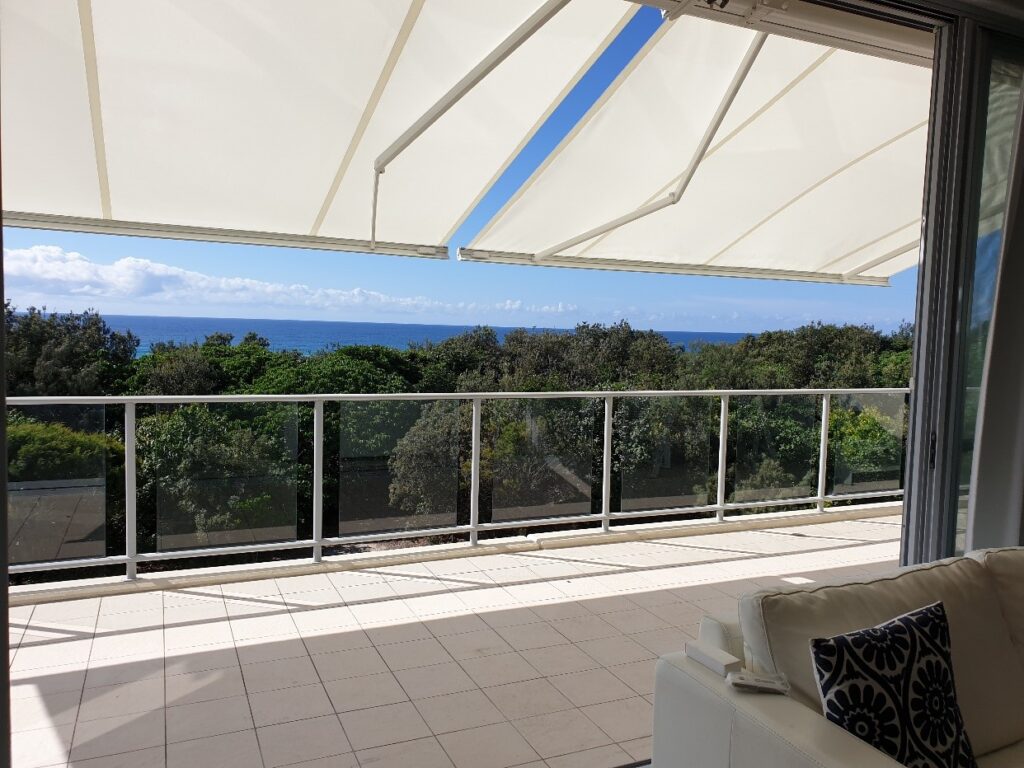As homeowners and businesses seek innovative ways to enhance outdoor spaces, retractable shade structures have gained significant popularity. These versatile solutions offer protection from the sun, improve comfort, and can add aesthetic appeal to various environments. Among the most common types are shade sails and retractable awnings. In this article, we will explore the concept of retractable shade structures, distinguish between shade sails and retractable awnings, discuss the disadvantages of shade sails, and look at alternatives to shade sails.
Can Shade Sails Be Retractable?
Yes, shade sails can indeed be retractable. While traditional shade sails are fixed structures, advancements in design and technology have led to the development of retractable versions. Retractable shade sails provide the same sun protection and aesthetic benefits as their fixed counterparts but with added flexibility. These systems typically include motorized or manual mechanisms that allow the sail to be extended or retracted as needed.
Retractable shade sails are particularly beneficial in environments where weather conditions change frequently. On a sunny day, the sail can be extended to provide shade, and it can be retracted during inclement weather or when full sunlight is desired. This flexibility makes retractable shade sails an attractive option for homeowners and businesses looking to optimize their outdoor spaces for various uses. Also, Custom shade sails offer the added advantage of tailored design options, ensuring they not only provide functional benefits like sun protection but also complement the aesthetic and architectural style of any outdoor setting with precision and elegance.
The Difference Between Shade Sails and Retractable Awnings
While both shade sails and retractable awnings serve the purpose of providing shade and enhancing outdoor comfort, there are key differences between the two:
- Design and Structure:
- Shade Sails: These are fabric structures that are stretched between anchor points, typically in a triangular or quadrilateral shape. They are known for their modern and sleek design, which adds a contemporary touch to outdoor spaces. Shade sails can be installed in various configurations and angles, allowing for creative and customized installations.
- Retractable Awnings: Awnings consist of a fabric cover attached to a frame that extends out from a building. They are usually rectangular and can be retracted into a housing unit mounted on the wall. Retractable awnings often come with built-in mechanisms, such as manual cranks or motorized systems, to extend or retract the fabric.
- Installation:
- Shade Sails: Installation of shade sails requires securing the fabric to anchor points, which can be poles, buildings, or other structures. The installation process can be more complex and may require professional assistance, especially for larger sails.
- Retractable Awnings: These are typically easier to install as they are mounted directly to a wall or roofline. Many models come with installation kits and can be a DIY project for those with basic handyman skills.
- Flexibility:
- Shade Sails: Traditional shade sails are fixed and do not offer the ability to adjust for changing conditions. Retractable versions, however, do provide flexibility similar to awnings.
- Retractable Awnings: These are inherently flexible, allowing users to adjust the amount of shade or sunlight by extending or retracting the awning.
- Aesthetic Appeal:
- Shade Sails: Known for their stylish and modern look, Commercial shade sails can be a statement piece in any outdoor setting. They offer more design options and can be tailored to fit unique spaces.
- Retractable Awnings: While functional, awnings generally offer less variety in design compared to shade sails. They tend to have a more traditional appearance.
The Disadvantages of a Shade Sail
Despite their many benefits, shade sails also have some disadvantages:
- Installation Complexity: Installing a shade sail can be more challenging than other shade solutions. It often requires precise measurements and secure anchoring, which might necessitate professional installation, increasing the overall cost.
- Wind Sensitivity: Shade sails can be susceptible to damage from strong winds. The large surface area of the sail can act like a sail on a boat, catching the wind and potentially causing stress on the anchor points. This requires careful consideration of location and installation methods.
- Maintenance: While the fabric used in shade sails is designed to be durable, it can still wear out over time due to exposure to the elements. Regular maintenance is required to ensure the fabric remains in good condition, and occasional replacements might be necessary.
- Limited Adjustability: Traditional shade sails do not offer the flexibility to adjust the amount of shade. This can be a limitation in environments where the angle of the sun changes significantly throughout the day or season.
Alternatives to Shade Sails
For those seeking alternatives to shade sails, several options are available:
- Retractable Awnings: As previously discussed, retractable awnings offer flexibility and ease of use. They are ideal for those who want the ability to control the amount of shade and protect their outdoor space from sun and rain. Also, External awnings and blinds provide an additional layer of versatility, offering customizable solutions to enhance privacy, reduce heat gain, and create a comfortable environment while maintaining a stylish exterior appearance.
- Pergolas: Pergolas are structures consisting of columns supporting a roofing grid of beams and rafters. They can be left open or covered with materials such as retractable canopies, fabric, or even climbing plants. Pergolas provide a more permanent and architectural solution for outdoor shading.
- Umbrellas: Large patio umbrellas are a simple and cost-effective alternative. They are portable, easy to set up, and can be adjusted to provide shade where needed. However, they typically cover a smaller area compared to shade sails and awnings.
- Canopies: Portable canopies or pop-up tents are versatile and easy to set up. They provide temporary shade and can be moved or adjusted as needed. Canopies are an excellent option for events or situations where a more temporary solution is required.
Conclusion
Retractable shade structures, including both shade sails and retractable awnings, offer versatile solutions for enhancing outdoor spaces. While shade sails can be retractable, providing flexibility and modern aesthetics, retractable awnings offer ease of installation and adjustability. Also, Shade sails in Brisbane are popular for their ability to blend seamlessly with the city’s outdoor lifestyle, offering both practical sun protection and a contemporary design element that enhances any residential or commercial space. Understanding the differences and potential disadvantages of each can help in making an informed decision. For those looking for alternatives, options like pergolas, umbrellas, gazebos, and canopies provide various ways to create comfortable and shaded outdoor environments. Ultimately, the choice will depend on individual needs, preferences, and the specific characteristics of the space to be shaded.

